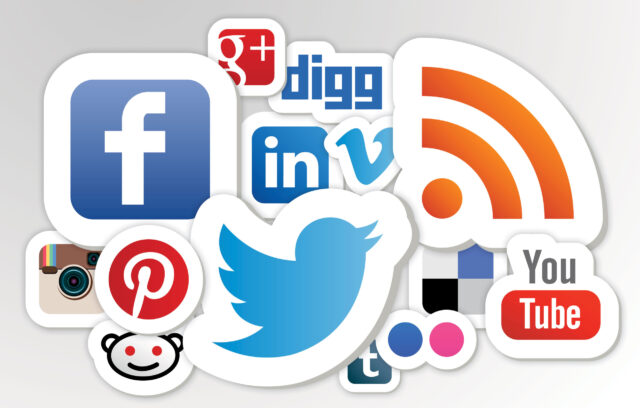The Role of Social Media in Mitigating Global Security Threats

About Course
In today’s hyperconnected world, social media is not just for selfies and trending dances—it plays a vital role in addressing global security threats. From tracking terrorist networks to mobilizing emergency responses and combating disinformation during pandemics, social media platforms are increasingly leveraged by governments, organizations, and communities to mitigate risks and improve safety outcomes. This course explores how these digital tools are transforming traditional approaches to security and intelligence.
Through real-world examples, data-driven insights, and expert perspectives, students will discover the power and pitfalls of social media in counterterrorism, cybersecurity, emergency management, and global health. Whether you’re a student of international relations, a tech-savvy communicator, or a future security analyst, this course equips you with the knowledge to understand and participate in the evolving intersection of digital media and global security. Get ready to explore the frontlines of security where hashtags meet homeland defense.
Course Content
Introduction
Importance of social media in today’s society
00:00Brief overview of the purpose of the ebook
00:00Definition of key terms and concepts
00:00